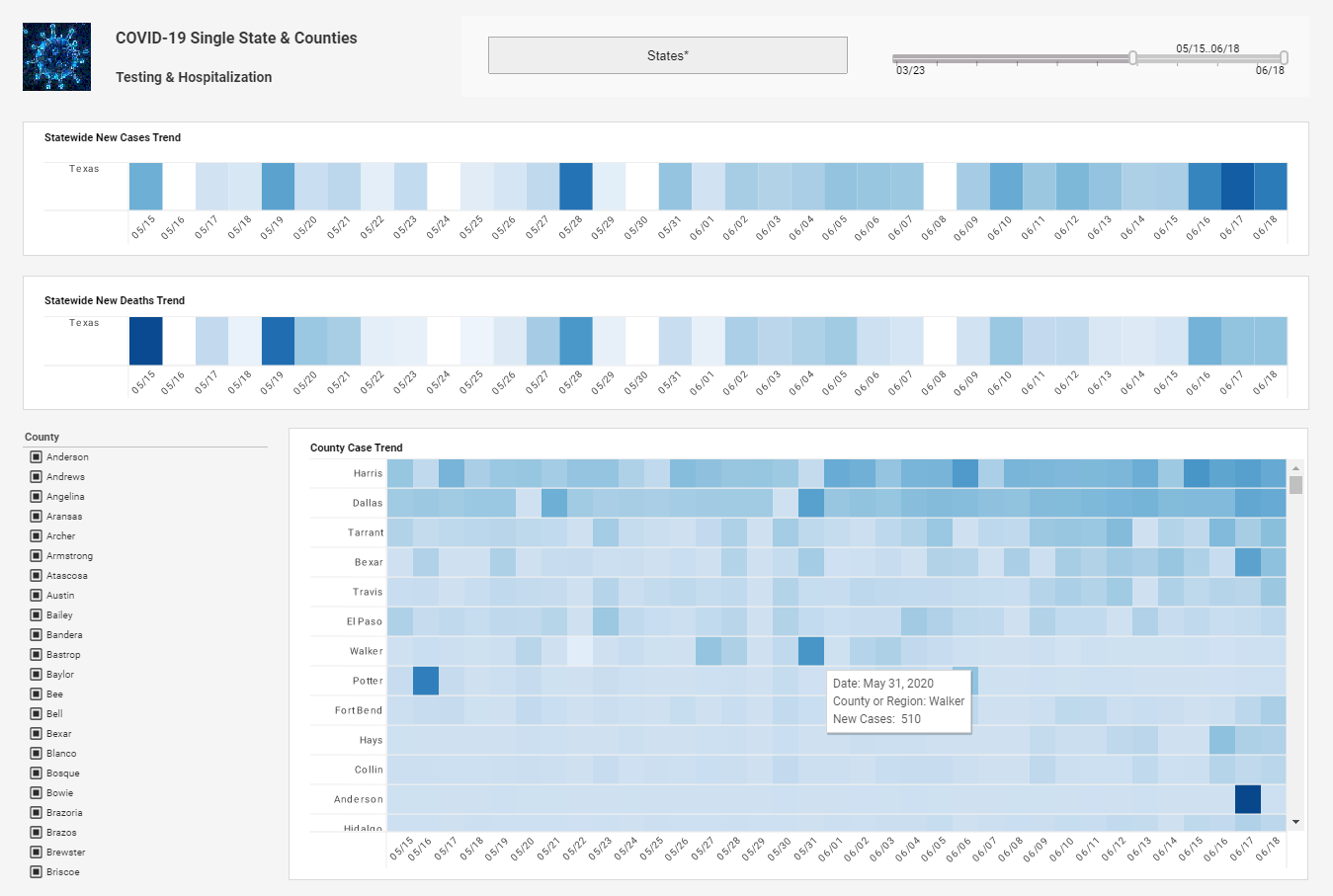InetSoft Webinar: Focus on Big Data by BI Vendors
This is the continuation of the transcript of a Webinar hosted by InetSoft on the topic of "How to Implement Business Analytics." The speaker is Abhishek Gupta, Product Manager at InetSoft.
There is a lot of focus on Big Data by BI vendors. So we’ll talk about how to achieve new possibilities by innovating your big data analytics. What does it mean to innovate? What does it mean to think about tomorrow? How could turn your business in a Big Data business? Let’s just say it was the Big Data Manufacturing Company or Big Data Healthcare. What will that mean to you?
How do you engrain insights into your people and processes? How do you create a culture that actually uses information no matter who you are in the business? It might get talked a lot about, the fact that every individual needs different types of analytics, and getting the right information to each one of those individuals at the right time whether it's daily or hourly or weekly is the goal.
How do you run a real time enterprise, and when we say a real time enterprise we don’t mean in up to the sub second enterprise because that’s not what you mean. We mean an enterprise that is state-of-the-art, that is up to date, that is meeting customer needs, that is real time when it comes to making decisions.
| #1 Ranking: Read how InetSoft was rated #1 for user adoption in G2's user survey-based index | Read More |
So, let’s talk about examples of transformation, share what other businesses have done? What are some examples of what we are doing around Big Data? When we define Big Data, we don’t just think about the massive volumes of data. We don’t just think about if you have complex calculations. We don’t just think about if you have a variety of different data sources.
Although we think about all of those, and we want to make sure that you can do that. That’s the easy part for us. The hardest part for all of us is figuring out how to get the most value, and we want to take your data and help you determine the best value that it can bring to your business whether it’s driving direct profits or whether it’s putting more information into hands to minimize cost. That’s what we consider Big Data.
So let me give a large retailer as an example, almost a $2 billion revenue business, and they are in a transformational phase. They want to reach new consumers, and they want to drive customer loyalty. So every time you walk into a store you are greeted by someone who has an iPad in their hand that can bring up your information in real time about what your past purchases are.
They can see what your interests are based on social media and others ways that they get information about you, and they are able to recommend and suggest what might suit your needs in the store. They know how to communicate with you and how to create a better relationship because of who you are. Now is this massive volume of data? No, it’s not. But what is it is, it’s providing data at a velocity that is absolutely critical to meet that immediate need of their customer.
 |
Read the top 10 reasons for selecting InetSoft as your BI partner. |
Let me give you another example, a university who happens to have a lot of different data sources. They were bringing together data information administration, data sources from profiling for all the different students that are at the university, information about the different programs that they are enrolled in at the university, and the online registration database.
They are bringing that data together to put together a program that helps students to be more successful and to take students that are at risk and make sure that have a way to meet their immediate needs and their long term needs and increase the graduation rates at the school. They are not just increasing graduation rates they are improving the experience the students are having, and they are understanding and learning for the future what they need to do in the programs. They need to prepare to increase this in the future. Higher education is becoming a data driven business, and this is where they would become a much more successful university compared to others who don’t do this.
| Previous: Empowering Individuals with Self-service Analytics |


